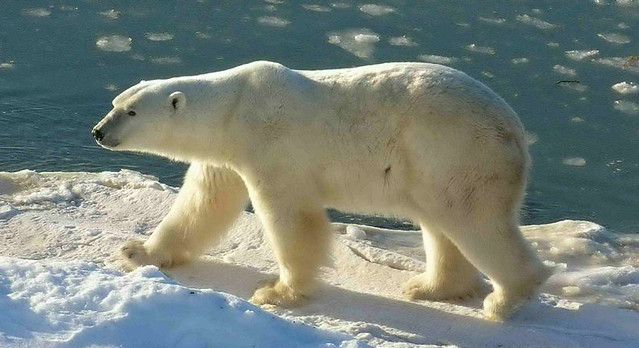
Grace Smith | December 29, 2022
Extreme weather and natural disasters have caused negative economic impacts and destruction around the world, costing billions of dollars in damage. The effect of climate change has been noticeable in 2022 through numerous natural disasters across the globe.
The summer of 2022 was one of the hottest summers on record around the world and in the U.S. Houston, Texas experienced the hottest month of July on record with one day reaching over 103 degrees Fahrenheit. In addition, 100 million Americans were under a heat advisory or warning in July.
In addition to the U.S., Europe also encountered extreme heat and wildfires during the hot summer months. In just one week in July, wildfires swept across Greece, Spain, and Portugal. From January to November 2022, 1.9 million acres burned through Europe. Between July 10-19, Spain recorded 1,047 deaths linked to the record-breaking heat.
In June, thousand-year floods closed Yellowstone National Park after intense rainfall caused mudslides and flooding throughout the park. The landslides caused bridges to collapse and damaged roads. Conditions were so bad that the park had to close for the first time since 1988.
This year’s monsoon season heavily impacted Pakistan with heavy downpours that impacted the infrastructure and strained emergency services. Flooding washed away roads and bridges, making it nearly impossible for emergency personnel to travel to help people. As of October, millions of Pakistan citizens were displaced, two million homes were displaced, and 1,500 people reportedly died.
Many activists and lawmakers are thinking about these natural disasters and others and considering the repair costs that come with the new normal in the world because of climate change.








